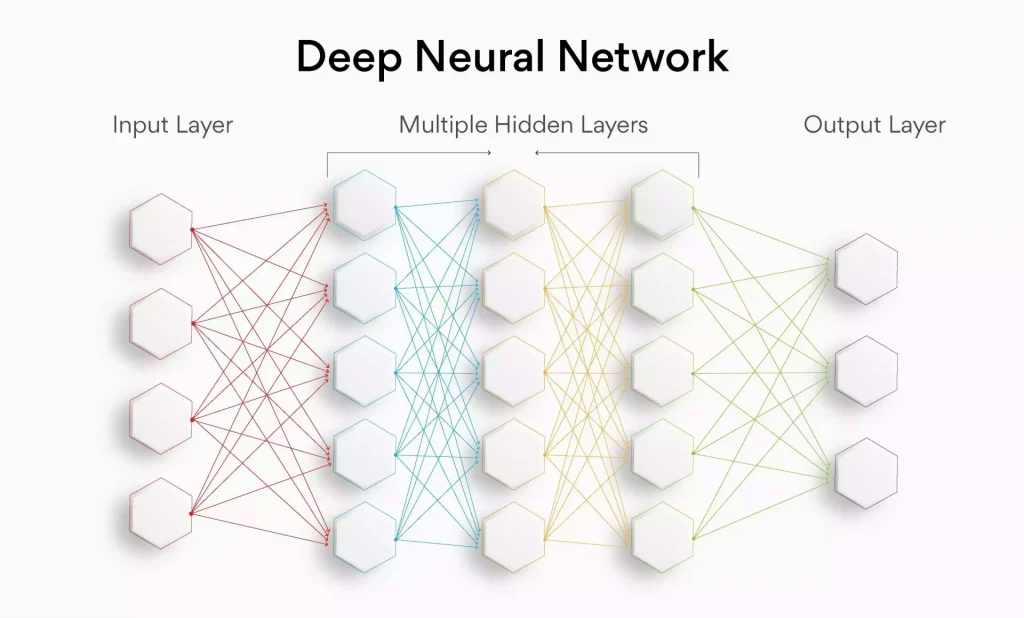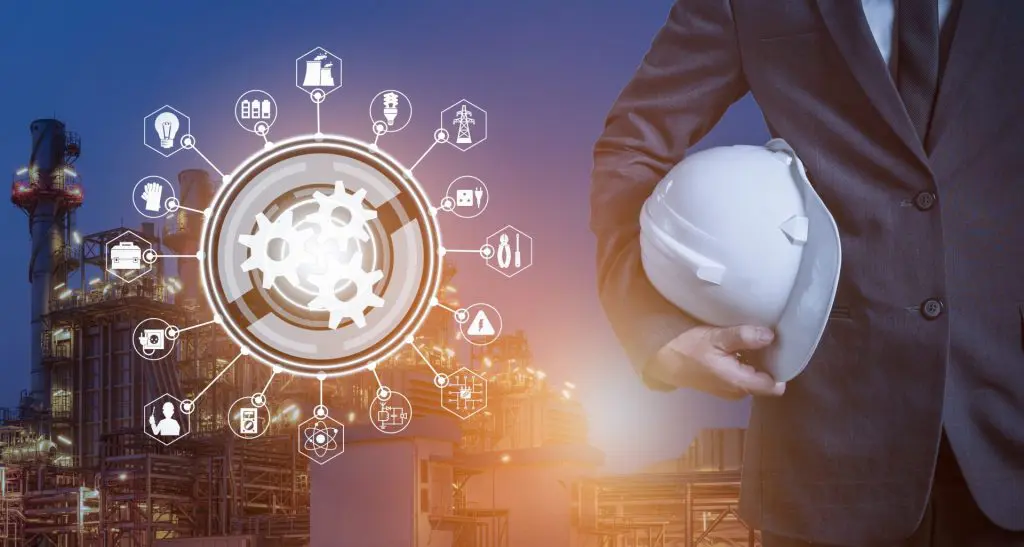Demand forecasting, a topic often discussed in the Intuendi network and communication channels, is a vital feature in the decision-making process, offering businesses deeper insights into market trends and consumer behaviour. With the introduction of artificial intelligence into the supply chain world, demand forecasting has become an easier and quicker endeavor with algorithms that are taught machine learning, data analysis, and market trends. AI demand forecasting provides more accurate and more reliable reads on the current consumer market.
What is AI Forecasting?
AI or artificial intelligence forecasting is a method of forecasting business demand that makes use of machine learning, statistical techniques, and data analysis to help make more accurate predictions. It involves analyzing historical data and identifying patterns, and using this information to predict future outcomes. AI forecasting is transforming the process of demand forecasting as we know it, removing the risk of human error in creating its predictions and providing more reliable reads on the consumer market.
How Is AI Used In Demand Forecasting?
There are a number of ways in which AI is applied in demand forecasting. Popular machine learning techniques such as regression models and neural networks are two of the ways in which training AI systems on large datasets is accomplished. This section will be exploring the afore-mentioned machine learning techniques.
Regression models: Widely used in AI forecasting, regression models aim to establish a functional relationship between the input or predictor variable and the target or predicted variable. The model learns the parameters of this relationship by minimizing the difference between predicted values and actual values in the training data. Regression models can be either linear or nonlinear, depending on the complexity of the relationship being modeled. When regression analysis models are linear, it means that the relationship being described occurs between one dependent variable and one or more independent variables, creating a linear relationship. Nonlinear regression models, on the other hand, allow for a more complex and flexible relationship between the variables.
Neural networks: Neural networks are a class of machine learning models that are composed of interconnected layers of artificial neurons that teach AI to process data in a manner similar to the human brain. This enables neural networks to learn complex patterns and relationships in the data through a process called training, allowing for human consumer patterns to be predicted more accurately and reliably. During training, the network adjusts its internal parameters to minimize the difference between predicted and actual values.
AI algorithms are able to automatically adapt and learn from new data to refine forecasts over time through their online or incremental learning capabilities. This means that when new data becomes available, the AI system can incorporate it into the existing model without retraining the entire model from scratch, allowing systems to adapt to changing patterns and dynamics in the data. This further indicates that online learning techniques involve updating the model’s parameters to include new data, while still preserving the knowledge learned from previous datasets. AI algorithms ultimately allow for demand forecasting efforts to result in more robust and accurate predictions.
The ability of AI algorithms to automatically adapt and learn from new data is a key advantage in forecasting tasks, as it allows the system to adjust its predictions based on the most recent information available, ensuring that forecasts remain up-to-date and relevant.
What are the Benefits of AI Demand Forecasting?
The world as a whole would not be scrambling to incorporate AI algorithms and machine learning techniques into their companies if it did not produce a bevy of benefits! Therefore, it is only fair that we share a list of our favorite AI demand forecasting advantages with you:
- Improved Accuracy and Precision As we have already established, AI is trained to learn from and analyze large and complex datasets, allowing for patterns and trends to be identified that may not be apparent to humans. Additionally, AI is able to process this data at a much faster rate than humans, remaining to do so even when new data is introduced. By reducing biases and human errors, AI improves the precision of forecasting and minimizes inaccuracies. Furthermore, AI also has the capability of incorporating multiple datasets and variables into its machine-learning processes, allowing for a more comprehensive and holistic view of forecasting.
- Enhanced Supply Chain Management AI-powered forecasting additionally enables businesses to optimize their supply chain by aligning production, procurement, and distribution processes with the forecasted predictions of customer demand, trends, and fluctuations. AI-driven insights empower businesses to better manage inventory levels, streamline operations, and improve supply chain efficiency accordingly.
- Optimised Inventory Levels Working hand-in-hand with an enhanced supply chain management strategy, more accurate forecasts provided by AI systems inform on optimal inventory levels. AI helps businesses avoid excess inventory or stock-outs, resulting in reduced holding costs and improved customer satisfaction. Optimized inventory levels based on accurate AI forecasts minimize the risk of inventory obsolescence and improve overall inventory management.
- Better Decision-Making and Cost Savings: AI provides real-time insights and recommendations based on accurate forecasts, enabling data-driven decision-making. Accurate demand predictions allow businesses to optimize pricing strategies, resource allocation, production planning, and logistics. A thorough breakdown of the best decisions for your company can help you reap the great reward of efficient and effective cost savings!
Key Components of AI Demand Forecasting
AI demand forecasting is an integrated process, encompassing various stages and tasks that contribute to the overall effectiveness of demand forecasting. Now that we know the benefits, let us break down the components of how AI predictions actually works!
Data collection and pre-processing: Relevant and historical data including sales figures, market data, customer data, and other relevant information is the source of the AI learning! AI systems are able to gather this information from large data-sets. Pre-processing involves transforming this data to ensure its quality and suitability for analysis. This may include handling missing values, outliers, and data normalization, resulting in minimized data-related issues.
Feature engineering: This involves selecting and creating relevant features from the collected data that capture the patterns and relationships with the target variable or demand. This may include anything and everything that may impact demand, such as time-related features such as the day of the week and seasonality, product-related features such as price and promotions, as well as external factors like weather and national economics (or how about a global pandemic?!) Feature engineering allows for AI models to extract valuable information from datasets that provide major insights into capturing only the relevant pieces of information, factors, and demand patterns.
Model selection and training: Model selection involves choosing an appropriate algorithm or model architecture for demand forecasting. As mentioned above, this can include regression models and neural networks. Moreover, model training refers to the process of fitting the selected model to the historical data, training the machine to learn underlying patterns, and estimating the model parameters in order to make predictions. This ensures that the model that best fits the demand forecasting problem is selected!
Artificial Intelligence in Demand Forecasting: Future Trends and Opportunities
The future prospects of AI in demand forecasting are vast and promising. With the constant incorporation of new data into what has already been learned from older datasets, emerging trends and advancements in AI forecasting is opening up new opportunities for businesses. Integration of AI with Internet of Things (IoT) devices allows for real-time data collection and analysis, enabling more accurate and timely demand forecasting. Additionally, the utilization of advanced analytics techniques like natural language processing enables businesses to extract insights from unstructured data sources, such as customer reviews and social media, allowing the integration of man and machine to provide stronger demand forecasts.
These developments offer businesses the potential to gain a competitive edge by leveraging AI technologies to enhance demand forecasting precision, optimise inventory levels, streamline supply chain management, and improve decision-making processes. By embracing these advancements and harnessing the power of AI, you are opening your business up to success in a dynamic and data-driven market-place.
Intuendi provides state-of-the-art AI demand forecasting software, AI-assisted inventory optimization software, and AI suggested purchasing software all in one tool, request a demo now.






